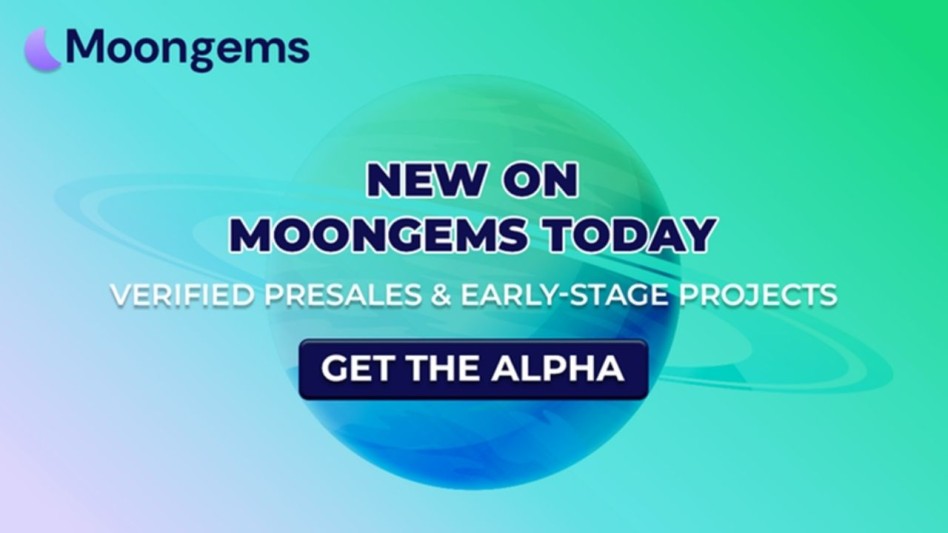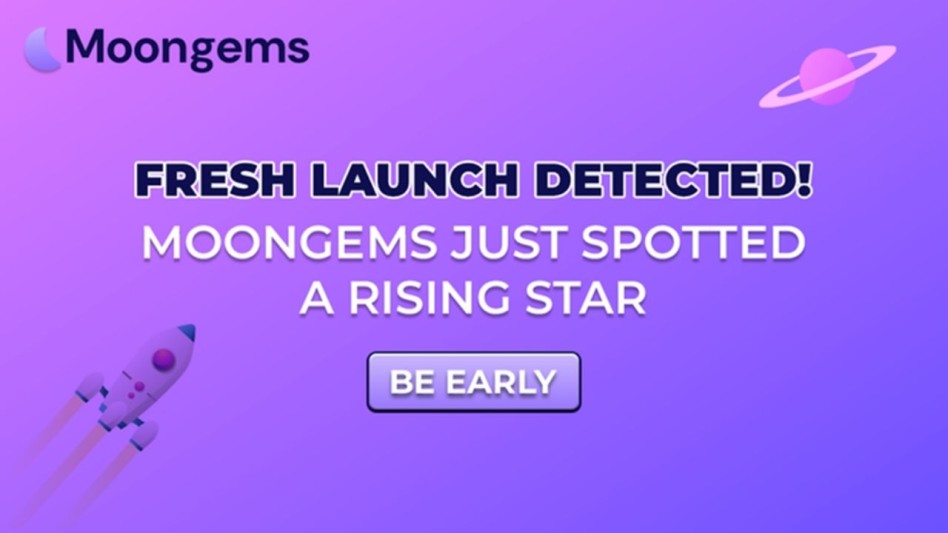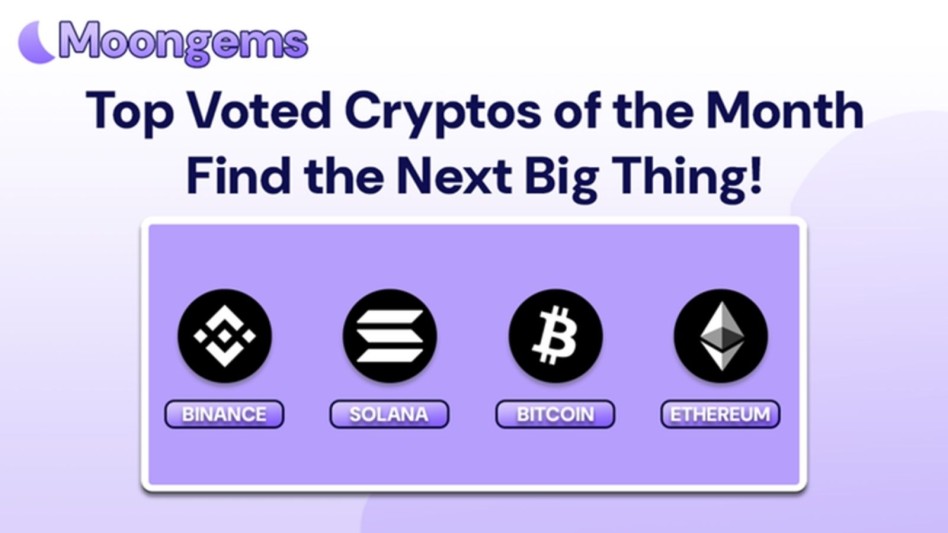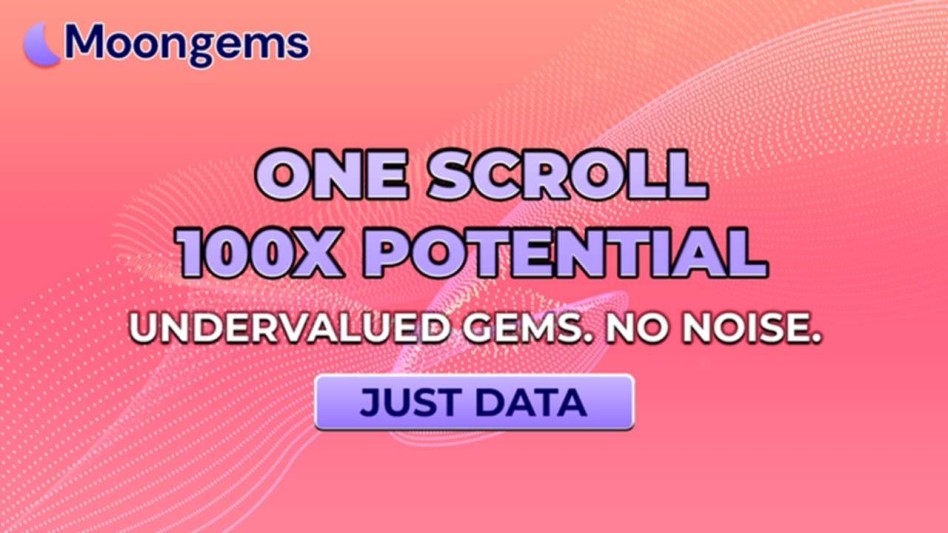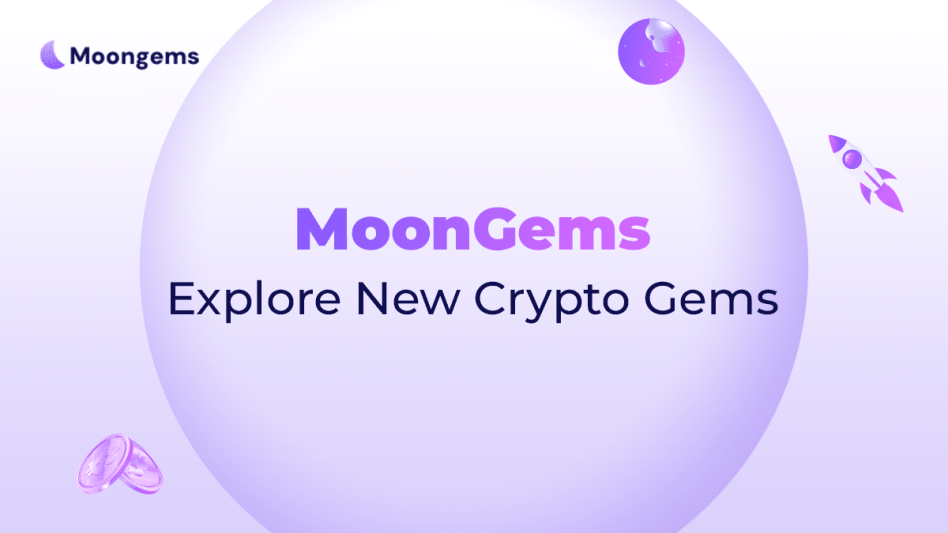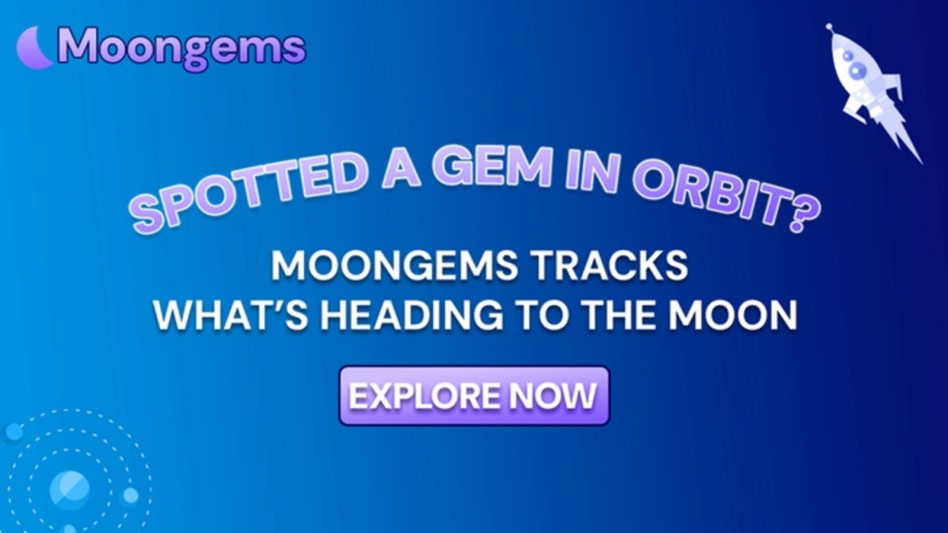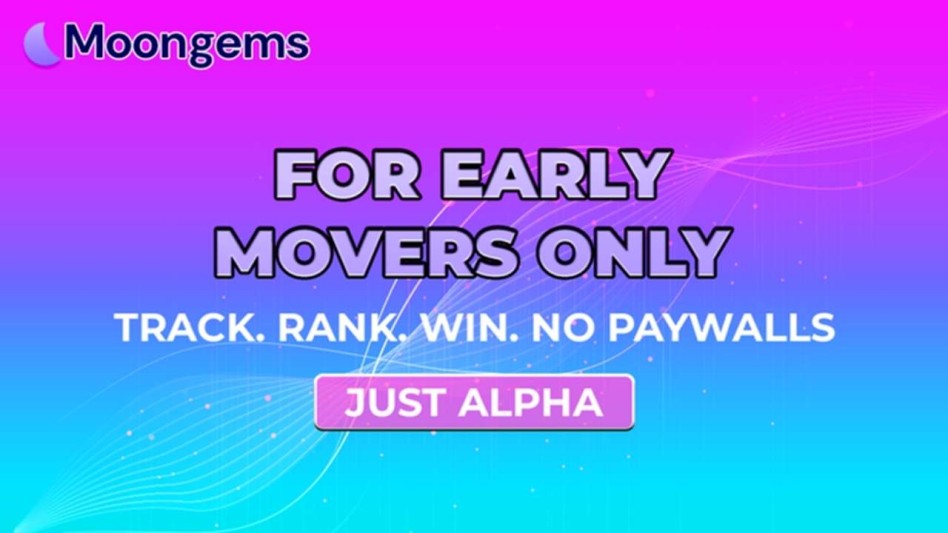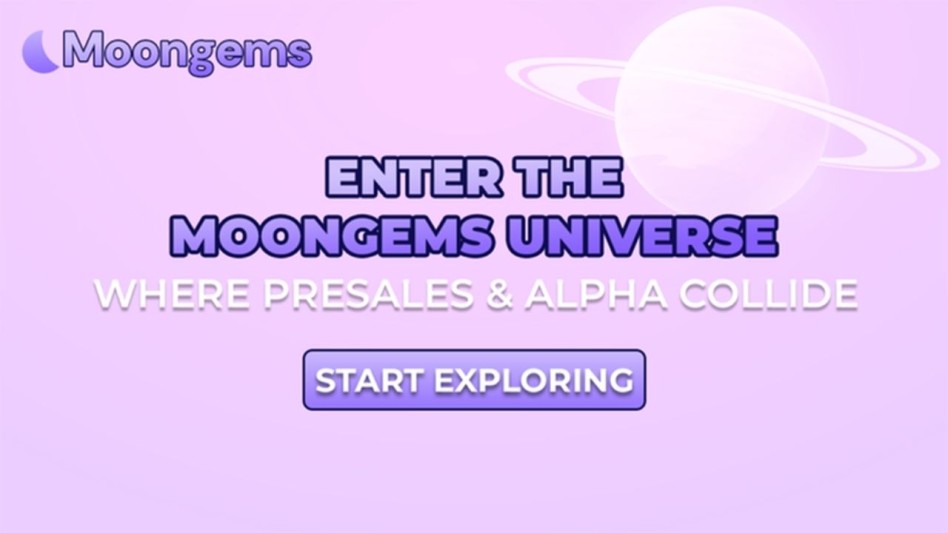Author: Jawad Hussain – Crypto Analyst & Web3 Researcher | 9+ years tracking presales, IDOs, and token launches. Follow him on Twitter and LinkedIn.
In today’s hyperactive Web3 landscape, facts don’t always lead — stories do. The projects that capture attention in 2025 are not always the ones with the best code or most efficient tokenomics, but the ones that tell a compelling, believable story. This is the era of narrative investing. Understanding this shift is essential for early-stage crypto investors participating in presales and ICOs.
When utility is under construction and adoption is still hypothetical, the narrative becomes the product. In this article, we will explore what narrative investing means, how it works, and how to evaluate a project's story before you risk your capital.
What Is Narrative Investing?
Narrative investing refers to the strategy of evaluating a crypto project based in part on the story it tells—its mission, memes, cultural hooks, or larger vision—rather than focusing solely on its code, token distribution, or roadmap. Companies might gain investor confidence through strong earnings and operational efficiency in traditional finance. In crypto, particularly in presale and early-stage environments, that measurable traction often doesn’t exist yet. What exists instead is potential, and that potential is usually packaged as a narrative.
Presale investors are usually betting on what a project could become. They align themselves with a vision, an idea, or a movement. That idea's strength and clarity generate early community traction, media attention, and investor interest. In Web3, stories create the social layer of trust that fundamentals often can’t. A project that offers a clear, resonant story will usually outperform one with stronger fundamentals but a weaker message. Narrative is not a distraction from fundamentals — it is the framework through which those fundamentals are interpreted and believed in.
Why Stories Move Markets — Especially in Crypto
In crypto, the value of a token isn’t just economic — it’s social. Tokens are traded as much on perception as on utility. This is especially true during presales, where utility is often promised but not yet delivered. Stories provide a scaffold for belief. They give investors a reason to care, a reason to participate, and a reason to spread the word. This section explores five core ways to evaluate a crypto project’s narrative before investing.
1. Is the Narrative Original?
One of the first indicators of narrative strength is originality. A project’s story must feel fresh, specific, and clearly distinguishable from existing trends. In 2025, the market is flooded with imitators — meme coins based on animal characters, AI-powered token launches, recycled slogans about “financial freedom” or “revolutionizing DeFi.” While some thematic overlap is inevitable, originality means the project is claiming its own space in the mental landscape of crypto investors.
To assess originality, start by reading the project’s homepage, whitepaper, and introductory materials. Ask yourself if the pitch feels familiar or formulaic. Then examine how the community and influencers talk about it. Are they repeating generic promotional lines, or articulating the vision in new, meaningful ways? Original narratives tend to inspire organic content — new memes, explanatory threads, and unique branding language. Copycat projects, by contrast, lean on artificial hype and mimicry. Originality in narrative isn't just about branding — it's about demonstrating a unique point of view and positioning within a saturated market.
2. Is There a Clear Problem Being Solved?
A strong narrative often hinges on conflict. In investing, that conflict usually takes the form of a problem the project claims to solve. The clearer and more specific the problem is, the stronger the story becomes. Vague or overly broad statements like “fixing crypto” or “bringing blockchain to everyone” rarely inspire confidence. In contrast, narratives that identify a concrete pain point — for example, high transaction fees, front-running bots, lack of cross-chain compatibility — tend to resonate more deeply with both users and investors.
The presence of a clearly defined problem also shows that the team understands its target market. They’re not simply following trends or using fashionable buzzwords. They’re entering the space with a purpose, which helps frame the entire project as a solution rather than just a speculative asset. When analyzing a presale, look for this kind of clarity in the whitepaper and public statements. Strong narratives usually follow a structure of “Here’s what’s broken — and here’s how we’ll fix it.” The narrative may be hollow if you can’t identify that structure within a few minutes of research.
3. Does the Community Amplify the Narrative Organically?
One of the most overlooked aspects of narrative strength is how the community responds to and engages with it. Projects with a strong narrative don’t just push content outward — they inspire the community to reflect it back. This looks like meme creation, YouTube explainers, tweet threads, open debates, and even user-created FAQs. In short, a good story is contagious. When a community starts retelling the project’s story in its own words, that’s a sign of authentic alignment and growing trust.
Evaluating this requires some effort, but it’s worth it. Join the project’s Telegram, Discord, or Twitter spaces and observe. Are people asking thoughtful questions? Are they explaining the project to others? Are conversations focused on the vision and utility, or are they limited to price speculation and giveaways? Organic amplification is one of the best indicators of genuine enthusiasm. If the community appears passive, uninformed, or only incentivized by airdrops, it may suggest the project’s narrative has not taken root.
4. Does the Narrative Align with the Tokenomics?
Narrative and tokenomics must be in sync. If a project says it’s “community-led” but allocates 50% of its tokens to insiders and team members, there’s a clear mismatch between words and numbers. This misalignment is more than a cosmetic flaw — it’s a warning sign. When storytelling contradicts the actual token distribution, the narrative becomes marketing fluff rather than a reflection of internal priorities and values.
Good projects use tokenomics to support the narrative. For example, if a token claims to incentivize long-term holding, its vesting schedules should reflect that. If the story is about decentralization, governance should be built into the protocol from the start. Look carefully at how tokens are distributed across team, community, liquidity, and marketing wallets. A project that tells a convincing story while backing it with fair and transparent tokenomics is far more credible than one that leans on hype while quietly building an insider-heavy financial model.
5. Can the Narrative Sustain Long-Term Attention?
Many presales and ICOs build narratives that work well in the short term but collapse under the weight of time. Short-lived narratives tend to rely on meme cycles, trending topics, or shallow marketing gimmicks. Once the novelty fades, so does investor interest. Long-term narratives, however, are built on deeper themes: financial inclusion, data ownership, decentralized governance, or systemic efficiency. These themes can evolve, expand, and sustain engagement across multiple product launches and market cycles.
To evaluate whether a narrative has staying power, consider the roadmap and the flexibility of the story itself. Is it designed to evolve as the project scales? Can the narrative incorporate new features, user segments, or use cases? Also, examine how the team communicates — do they return to the same core message across multiple channels and over time, or do they pivot constantly? Projects that maintain a clear, evolving story tend to build stronger communities and greater investor resilience, especially when market sentiment shifts.
How MoonGems Supports Narrative-Based Vetting
Evaluating narratives is crucial, but it must be paired with data. This is where MoonGems adds real value. As a research-driven platform, MoonGems helps presale investors go beyond hype by offering objective insights into the fundamentals behind every story. You can use MoonGems to check:
- Tokenomics breakdowns and allocation schedules
- Presale timelines, stages, and pricing tiers
- KYC and audit status of project teams
- Real-time social sentiment and growth analytics
- Comparative benchmarks for similar projects
MoonGems doesn't replace narrative intuition — it sharpens it. If a story feels strong but the fundamentals are weak, MoonGems can confirm that skepticism. If a project has both a compelling vision and solid execution, MoonGems helps you catch it before the rest of the market does. This combination of qualitative and quantitative vetting is essential for smart, safe crypto investing in 2025.
Conclusion
Narrative investing is not just a trend — it is now one of the most important forces shaping early-stage crypto markets. In 2025, presales and ICOs succeed because of their technical merits and the strength of the story they tell. A compelling, believable, and well-aligned narrative attracts early users, drives organic attention, and builds investor confidence long before utility or adoption metrics come into play.
However, a narrative without substance is dangerous. It is easy to be swept away by hype, especially in meme-driven markets where attention is volatile. The solution is not to reject stories but to learn to evaluate them with discipline. Use tools like MoonGems to cross-verify narrative quality against tokenomics, team transparency, and real market signals. A story that aligns with fundamentals isn’t just compelling — it’s investable.
Frequently Asked Questions (FAQs)
- What is narrative investing in crypto?
Narrative investing in crypto refers to evaluating and investing in projects based on the strength of their story, including their mission, memes, or cultural relevance, rather than only on technical or financial indicators. In early-stage investing, where most products are still under development, the narrative often plays a leading role in generating interest and community momentum.
- Why are narratives so important in crypto presales?
Narratives help presales gain traction before a product is built. They create emotional buy-in, inspire community content, and spread virally on social media. A strong narrative can drive presale participation and help bootstrap early network effects.
- How do I know if a project’s narrative is authentic?
Look for alignment between the project’s stated vision, tokenomics, roadmap, and team behavior. Consistent messaging, fair token distribution, and genuine community engagement support authentic narratives, not just flashy language or hype.
- Can a good story make up for weak fundamentals?
Temporarily, yes — but not sustainably. Many presale tokens with strong narratives have launched and spiked, only to crash due to poor token design or lack of utility. A good story should complement, not replace, strong fundamentals.
- How can MoonGems.io help me evaluate narratives?
MoonGems.io allows you to compare the qualitative energy of a project’s story with hard data like tokenomics, presale structure, audit status, and community metrics. It bridges the gap between intuition and analysis, making it easier to invest with confidence.
Glossary of Key Terms
Narrative Investing: An investment approach focusing on a project's story, vision, or cultural relevance rather than just technical or financial data.
Presale: The early phase of a crypto token offering, often before public exchange listings, where investors can purchase tokens at a discounted rate.
ICO (Initial Coin Offering): A fundraising method where new cryptocurrencies sell their tokens to early backers before full launch or listing.
Tokenomics: The economic structure of a cryptocurrency, including distribution, supply schedule, utility, and incentives.
Community Amplification: The organic sharing, discussion, and promotion of a project by its user base without paid advertising.
DYOR (Do Your Own Research): A common phrase in crypto advising investors to conduct independent research before participating in any investment.
KYC (Know Your Customer): A verification process used to confirm the identity of users or project founders to ensure legal compliance and reduce fraud risk.
Audit: A third-party review of a project’s smart contract code to assess security, functionality, and transparency.
MoonGems.io: A crypto research and discovery platform that helps investors analyze presales, ICOs, tokenomics, and early-stage crypto projects.
Web3: The emerging internet infrastructure built on decentralized technologies like blockchains and smart contracts.
Disclaimer
This content is for informational purposes only and does not constitute financial advice. All investing involves risk, particularly in early-stage crypto projects. Always conduct your own due diligence before participating in any presale or token offering.



